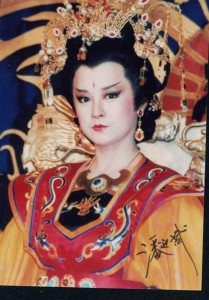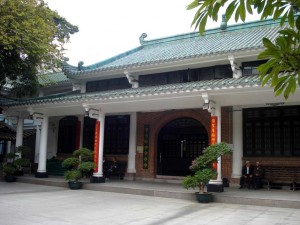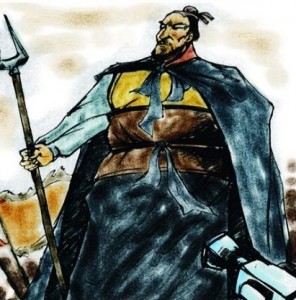Why the LA Review of Books is Wrong About Popular New China Novel
Posted: 12/19/2014 4:15 pmThere are two things that people should know about critics. The first is that like any journalists, their primary task is to fill the white space. The second is that in doing so, they have to sound clever. Sometimes however, a critic tries so hard to sound clever they end up ignoring hugely significant facts and details. A review of Susan Barker’s novel “The Incarnations” published in The LA Review of Books is a striking example.
When it came out this summer, The Nanfang posted a favourable review of Barker’s novel, a thriller that spans over a millennium of Chinese history. This was followed by unrestrained positive reviews in South China Morning Post, The Independent (which described it as “China’s Midnight’s Children”) and The Guardian.
It is great that Barker’s novel is now getting attention in the American media ahead of a release in the world’s most powerful country next year. However, the review by Pierre Fuller of The University of Manchester contains some assertions that are factually inaccurate and others that are just plain silly. The most efficient way of dealing with some of the assertions is to Fisk them, so here goes:
Incarnations’ (sic) most striking feature is its historical dimension, but its historical actors — concubines, eunuchs, Mongol warriors, Red Guards — appear to come straight from central casting. Storytelling should not be expected to provide authenticity, whatever that would even mean, but we want something at least beyond the literary equivalent of Chinese fare at the Golden Wok buffet, parked between the Dairy Queen and Jiffy Lube on the edge of town.
It is myopic to suggest that the cast of characters is made up of history’s protagonists. The three main corporeal characters are a taxi driver, a masseuse and a hairdresser. The stories set in the past also have plenty of figures who dwell beyond the wings of the stage of history, such as Jurchen artisans.
One of the most extraordinary things about Barker’s novel is that it somehow manages to demystify China. It contains a Tang Dynasty sorceress castrating her pubescent son. It contains Ming Dynasty concubines having their bowel movements and menstrual cycles recorded. It contains a chap who, in the twenty-first century, thinks that the way to fix a broken love affair is domestic violence followed by marital rape.
However, the characters are as real as they are in any good novel and not “exotic” as the headline claims. They make terrible lifestyle choices and grow attached to people who are bad for them – just like the rest of us. Barker, as she explained in a talk at The Hong Kong Book Fair, threw out a completed draft of the novel in 2009 after over a year’s work because she decided the characters weren’t real enough yet.
Barker, as the dust jacket explains, spent years in Beijing, not just getting a feel for life there today, which she captures well in the parts of the book set in the present, but also researching imperial and modern China to find material to bring into The Incarnations. So it’s especially disappointing not to find any trace in her novel of, say, Chinese pioneers opening up land in Sichuan or Manchuria, White Lotus Buddhist sectarians rising up to try to turn millenarian dreams into political reality, Bohemian poets, or any number of other equally entertaining, far more revealing (and in demographic terms equally numerous) possibilities from China’s past.
In the comments section, the accomplished translator Philip Hand dealt with this comment nicely: “The reviewer’s complaint that Susan Barker does not write about the particular Chinese people he is most interested in is just silly.”
Of course, the novel doesn’t cover everything that deserves to be covered. It is a novel not an encyclopedia. Most importantly it captures how, although we currently live in one of the least violent and most rational ages, history is indeed cyclical. One simile suggests that the fossil fuels that pollute Beijing are angered at being dug up from their million year-old graves. This fits nicely with the central motif of “history is coming for you”.
To call Incarnations “orientalist” would be a very tired charge. But equally tired are clichéd constructions of Eastern societies that fixate on the carnal, irrational, and predatory, as Incarnations does, while ignoring complexity and the socially or culturally unexpected.
Yes, this novel is full of violence, particularly sexual violence, but then so is history. Yet there are moments of tenderness that make a nonsense of the reviewer’s claim of “fixation”.
The scene where the main character meets the woman who will become his wife contains the following sentence: “Then she smiled, but as though her heart was breaking, and Wang knew that she needed saving from more than the rain.” After all the misery that has gone on earlier in the novel, reading that sentence is like breathing fresh air on a clear, Beijing day.
And as for the claim that this novel ignores complexity: “The Incarnations” captures the prejudices and superstitions of six different historical periods as well as evoking their sights, sounds and smells convincingly. This could not have been achieved without minute research and an appreciation of the complexities of each period.






























